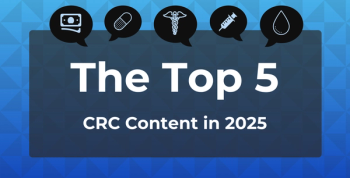
Risk Factors for Neutropenia and Infections in Childhood ALL
A study published in the Annals of Oncology has analyzed data on young patients with acute lymphoblastic leukemia (ALL) to evaluate risk factors for febrile neutropenia and infection-related complications.
A
Of the 2420 infection episodes seen in 409 children undergoing treatment for ALL, febrile neutropenia was seen in 1107 cases. The study found higher rates of neutropenia among patients with certain risk factor characteristics. A patient’s risk of neutropenia or infection also varied based on the stage of therapy, from the initial induction phase to the continuation phase.
Factors determining a patient’s risk group (low, standard, or high-risk) include age at diagnosis, initial white blood cell count, spread to other organs, and response to treatment. Clinicians use these risk groups to determine the intensity of treatment. Standard- and high-risk patients received more intensive therapy during the early continuation phase and had more incidences of neutropenia compared with low-risk patients. Age between 1 and 9.9 years at diagnosis was associated with febrile neutropenia in both the induction and later continuation phases of treatment. More intensive chemotherapy was also associated with higher rates of neutropenia.
The study also examined patient risk factors for infection-related complications. The most common type of infection among the 1313 episodes was upper respiratory, followed by ear, bloodstream, and gastrointestinal infections. Infections were most frequent during the induction or reinduction stages when patients undergo the most intensive chemotherapy treatment, but respiratory and ear infections were also seen during continuation phases.
The standard- and high-risk patients receiving more intensive therapy had higher incidences of infections. Age between 1 and 9.9 years at diagnosis was associated with infections during the later continuation phase of treatment. White race was associated with infection during the induction phase of treatment. A lack of neutrophil surge after dexamethasone treatment was associated with infections, as it can reflect the poor bone marrow reserve.
The study authors recommend that clinicians closely monitor children with these risk factors so they can be treated with antibiotics at the first sign of infection. Modifications to the chemotherapy regimen should also be considered for these at-risk patients.
Newsletter
Stay ahead of policy, cost, and value—subscribe to AJMC for expert insights at the intersection of clinical care and health economics.








